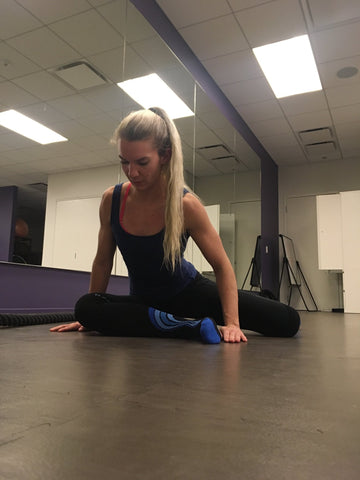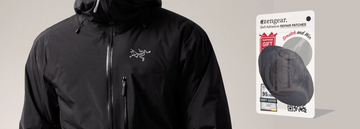Though often extraordinary in its effectiveness, the basic principles behind compression therapy are actually relatively simple. In order to travel around the body and return back to the heart, blood is constantly fighting a relentless battle with gravity. Particularly when standing, it is (quite literally) an uphill struggle for blood within the body to get where it needs to be and back once again.
As such, anything that can potentially stand in the way of healthy blood flow – lack of movement, circulatory problems, weaknesses in the walls of the veins and so on – can lead to the collection/pooling of blood in the lower limbs. As the blood continues to accumulate, it can lead to painful swelling, leg fatigue, on-going discomfort and can also significantly increase the likelihood of developing blood clots. In particular, those who are immobile following surgery or an injury may be particularly susceptible to these kinds of movement-related circulatory issues.
The basic idea with compression socks is that by squeezing the walls of the veins and tissues within the leg in a controlled and well-distributed manner, they can prevent this kind of accumulation and resulting circulatory issues in the first place. Whereas the tissues and veins in the legs may expand and swell to allow blood to continue accumulating, this is made considerably more difficult when the same veins and tissues are compressed.
In addition, compression socks can also improve the flow of the fluid that bathes the cells (known as lymph) in the legs. This is something that can also actively help reduce the swelling of tissues within the leg.
On the whole, compression socks have the potential to help significantly reduce the risk of various circulatory health problems, including potentially deadly blood clots.





